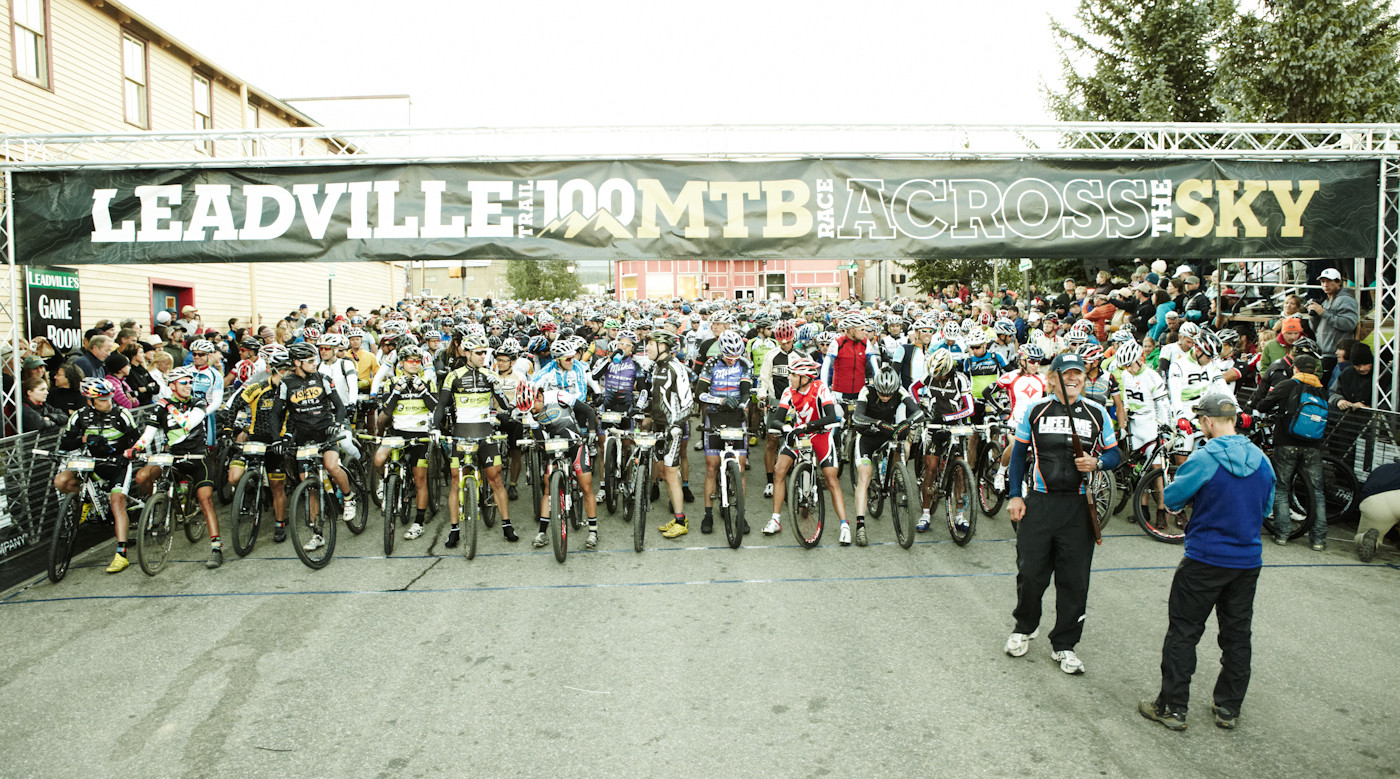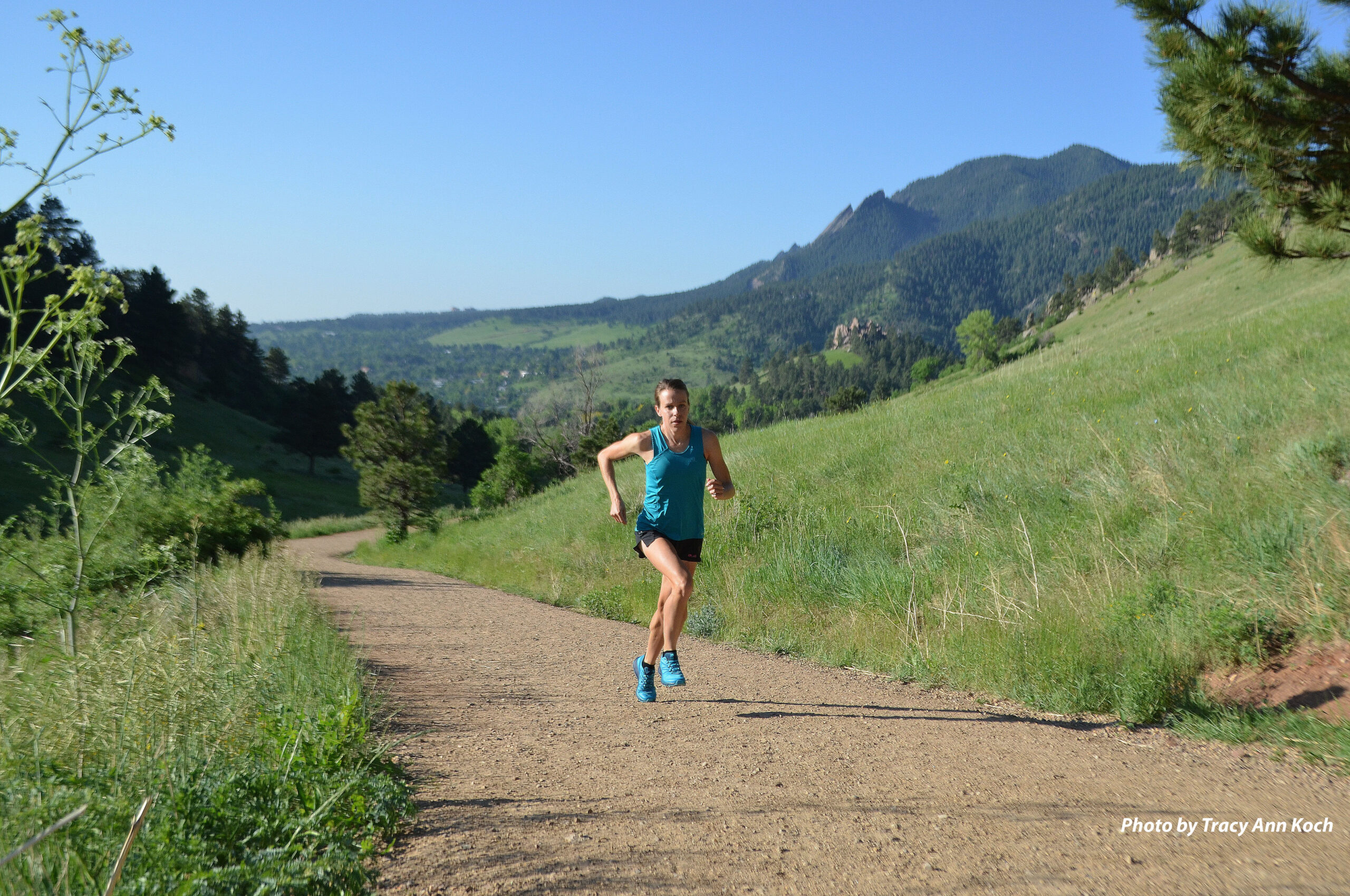Dispatches from Columbine — Leadville Stage Race
Dave Wiens is gearing up to race the Leadville Trail 100 MTB course for the first time in five years, but this time he’ll be tackling the inaugural three-stage format. We caught up with him to get his take on how the Leadville Stage Race will play out, and what to be ready for if you’re considering hopping in the saddle for this three-day tour.
You’ll be racing the Leadville Stage Race this year. How many years has it been since you last raced this course, and what are you most excited about?
My last race on the Leadville course was in 2010. I haven’t competed in a stage race since I did Transalp in Europe prior to the LT100 MTB in 2009. Stage races are a blast because the racing is stretched over multiple days and that different dynamic affects the outcome. You might feel great one day and be in a great position, and then the next day have a mechanical or a bad day and suddenly you’re faced with playing catch up. In this race, each stage will be just a section of the LT100 MTB course. It’s going to be very interesting to see how each will ride as a stand-alone race.
You know this course so well – in your opinion, what makes it conducive to a compelling stage race?
Riders are going to react to the course being broken up into a three-day race in different way. For hardcore racers, this will mean going flat-out, as fast as possible start to finish. I don’t think anyone will be too concerned about being out in the wind alone or conserving early so as not to blow up later in the race. I think there will be a premium on fast descending, too, because the finish line will never be very far away. For less experienced riders, this format could be just what is needed for them to wrap their minds (and legs and lungs!) around what it will take to do the LT100 MTB. The three-stage format is a perfect introduction to all things LT100 without it being as demanding as the one-day classic.
How will the three days be broken up? How many miles are covered each day?
Stage one will be 42 miles and will start at the rodeo grounds about a mile west of 6th and Harrison (the start/finish of the LT100 MTB). This will be a hard stage with two big climbs over St. Kevins and Sugarloaf, followed by flats and rollers, with an overall elevation loss, all the way to the finish line at Lost Canyon, which is the very bottom of the Columbine climb.
Stage two is just 16 miles and will be just one climb and one descent. However, that one climb happens to be the big daddy, Columbine. And then you’re still on the clock for the descent. This will be a very interesting intermediate stage.
The final stage is from Lost Canyon all the way back to the rodeo grounds in town. This will be 42 miles, like stage one, and will contain the notorious Powerline climb. More flats and rollers, but with an overall elevation gain back to Leadville, along with the mostly paved climb up St. Kevins. This will challenge us, because we’ll already have two stages of hard racing in our legs.
Tackling this course over a multi-day period will be just as challenging — if not more — than tackling it in a single day. For those who have never done a stage race before, what are some things they should be aware of or be prepared for?
Careful pacing and quality recovery between stages will be crucial. Also, preparing your bike for the next day after each stage is essential: giving everything the once-over; repairing or taking care of any issues that developed during that day’s stage; cleaning and lubricating, etc. You’ll want your bike to be perfect every night before you go to bed. You’ll sleep much better if it is!
Having clean and dry clothes for each stage and all of the options you may need for inclement Leadville weather will also be important. This is where having a crew person to help will pay dividends, but for those who go it alone, you’ll just have to be that much more organized after each stage to be properly prepared for the next day.
Here is the protocol you might follow after stage one and stage two (not necessarily in this order):
- Get warm and dry, then spin out your legs if you can and drink or eat your recovery nutrition.
- Eat lunch.
- Prepare your bike for the next stage, addressing any issues that may have occurred during the day’s race. If you flatted, you’ll need to address your tubeless system, tire, spare tube or all possibly all three in some fashion. Lube, suspension check, bolt check – you get the idea. You may even try to reserve a time slot at a local shop on Friday and Saturday if you want them to check your bike after stages one and/or two.
- Get a massage.
- Make sure you have everything at-the-ready for the next day’s race: clean kit (jersey and shorts) and layering options; water bottles, gels, bars and other race food; shoes, helmet and gloves.
- Relax, eat dinner, relax some more, then sleep.
You’ve written before about how important proper pacing is. How do you recommend riders pace themselves in a race like this?
Pacing will be important. Since the stages are shorter, there will be a tendency for riders to go out really hard. This still presents a challenge and whether the race is 100 miles, 41 miles or just 18 miles, once you’ve blown up, it’s very hard to recover. Try to ride your own pace and your own race based on what you know about your body.
If you’re newer to pacing and don’t really know how hard to go, I will always suggest backing off a little, especially early on. It’s so typical for a field of ambitious and motivated riders to go just a little too hard at the beginning of races. If you can resist this temptation and hold back a little, you may have something left in the tank toward the end and possibly ride yourself right into your time goal or maybe even a podium spot. But if you go out too hard and blow, you’ll lose a ton of time as you limp feebly to the finish line. I’ll almost always suggest cautious pacing (even though I don’t necessarily heed my own advice).
Recovery is a key component in all successful training and competition, but as you hinted to above, particularly so in a stage race. What tips can you share for recovering between stages?
Each of these stages will be challenging and especially after the first and second stages, riders will need to pay special attention to recovery and nutrition. I will have a bottle of GU Chocolate Smoothie Recovery Drink mixed and ready, as well as warm, dry clothes that I can slip into right away, especially if it’s chilly.
If it’s a typical warm day, I’ll do a little spin to cool down without changing or perhaps just with a windbreaker. If I’m wet or the weather turns, I won’t kill myself to get in a low quality or painful cool-down ride. Since both stages one and two end at the same spot, we’re limited as to where we can do a recovery ride at the finish. However, that area is fairly flat and it should be a decent place to just spin around and loosen up your legs. A trainer is actually ideal for cooling down and warming up, too, if you have access to one.
A light massage (don’t let the massage therapist go too deeply into your legs – all you need is a flushing) once you get back to town or your camp is ideal.
Eat meals that you know will sit well with you. All three days start at 9 a.m., so I’ll most likely have a turkey sandwich and some fruit packed for lunch and I’ll eat it as soon as I’m hungry enough after each race. Remember, Saturday’s stage two will be a much shorter day in the saddle. I will eat my typical pasta dinner with bread, vegetables and salad for dinner each evening and try to get to bed early to get as much restorative sleep as possible.
Anything else you’d like to mention?
I am very interested to see how the LT100 MTB course rides in a stage-race format. Just thinking about each individual stage has changed the nature of how I look at the individual elements that make up the LT100 MTB course. Having never been a great pure hill climber, I think I’m most concerned about the stage two climb up Columbine. That’s going to be a flat-out effort and, while it won’t be me, I’m certain someone is going to put down an extraordinary time to the top. Stages one and three are both worthy and longish XC courses that put a premium on a variety of riding and I expect some close finishes at the end of these stages.


